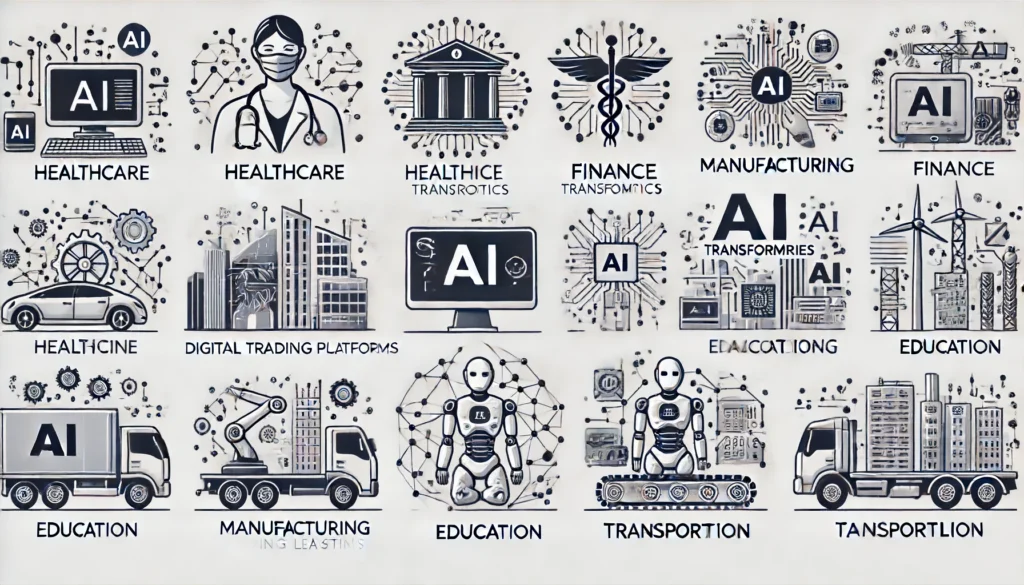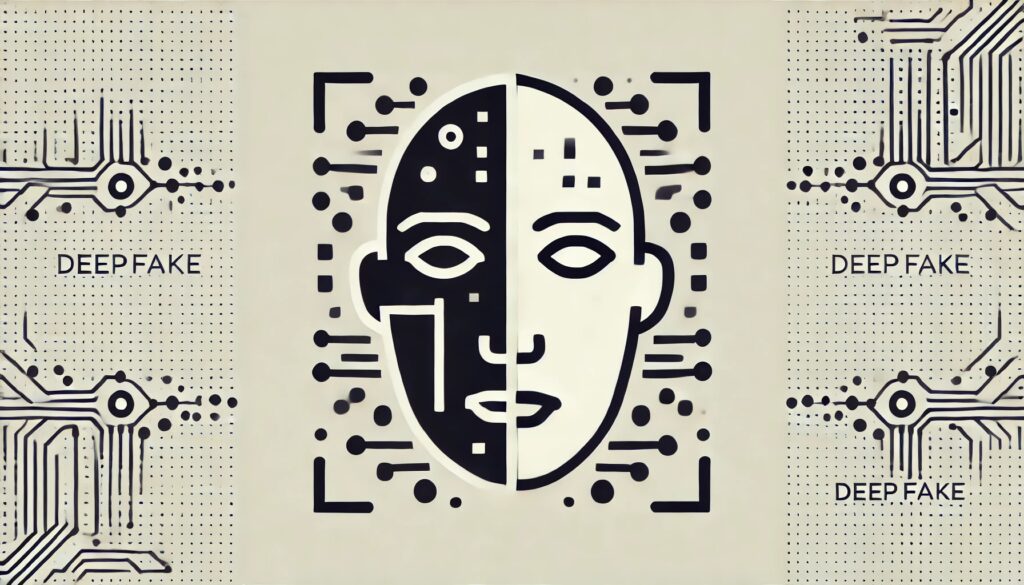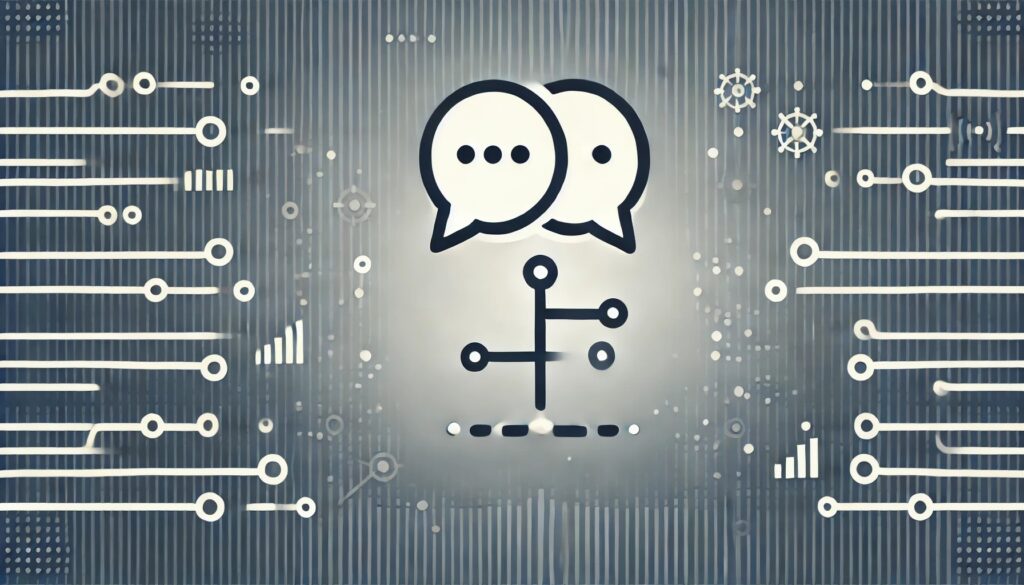Fundamentals of AI in Astronomy
In this section, we’ll uncover the cornerstone roles that AI plays in revolutionizing astronomical discovery and understanding.
Machine Learning Techniques
We apply a variety of machine learning techniques to interpret the staggering amounts of astronomical data.
For instance, we use neural networks to classify galaxies with impressive accuracy. Moreover, support vector machines (SVMs) enable us to categorize stars based on their spectra far more efficiently than could ever be managed by human hands alone.
Data Mining and Processing
Similarly, we harness the power of data mining to extract valuable insights from vast databases of celestial information.
We process images from the night sky, identifying transient phenomena like Type Ia supernovae that shed light on cosmic distances and the expansion of the universe.
Furthermore, the preprocessing of this data to make it AI-ready is a critical step. This involves cleaning, normalization, and transformation to enhance the quality and fidelity of our data-driven conclusions.
Simulation and Modeling
Finally, we craft intricate simulations to create virtual cosmological realms.
Utilizing AI-driven models, we predict and visualize complex astronomical events, providing a sandbox for testing hypotheses.
The construction of these models depends heavily on AI to manage the colossal computations and to iterate through simulations, refining them to mirror reality ever more closely.
Astronomical Data Analysis
In the realm of astronomy, we harness robust AI algorithms to distill vast datasets into meaningful insights, transforming pixels into knowledge.
Image Processing
We apply cutting-edge machine learning tools to enhance astronomical imagery.
Our systems perform tasks like noise reduction and object identification, crucial for interpreting celestial bodies.
Specifically, we employ algorithms capable of sharpening images to reveal hidden features, a technique pivotal to advancing our understanding of spatial phenomena.
Spectral Analysis
Through meticulous spectral analysis, we decode the cosmic signatures of stars and galaxies.
Our AI-driven methods swiftly categorize these signatures, pinpointing chemical compositions and velocities with exceptional precision.
This process not only expedites data processing considerably but also amplifies the accuracy of our spectral interpretations.
Pattern Recognition
We excel in identifying cosmic structures that elude traditional methods.
AI streamlines this search by recognizing patterns and sequences within astronomical data.
Embedded within these patterns lie the secrets of galaxy formations and stellar evolution, which our AI algorithms unravel swiftly and reliably.
Anomaly Detection
Finally, we leverage AI to unearth astronomical anomalies that challenge current scientific understanding.
Our vigilant systems analyze data in real-time, flagging irregularities that may signify new astronomical events. This helps us stay at the forefront of discovery, ensuring that no cosmic oddity goes unnoticed.
Telescope Automation and Observation
In the fast-evolving field of astronomy, we see groundbreaking advancements like Automated Telescope Systems and Real-time Observation Decision Systems revolutionizing the way we study the cosmos.
Automated Telescope Systems
Our utilization of automated telescopes marks a significant leap in conducting persistent and consistent sky surveys.
We harness artificial intelligence to direct these systems, integrating them with advanced software that allows for autonomous calibration and data collection.
Automated systems are paramount in allowing us to cover vast swathes of the sky with unprecedented efficiency.
A noticeable implementation includes using robotic telescopes in various observational programs, which adapt to different scientific needs without the constant need for human input.
Real-time Observation Decision Systems
Furthermore, we witness the transformative impact of AI-powered decision systems in astronomical observation.
These systems instantaneously interpret incoming data to make real-time decisions about what the telescopes should focus on next.
Optimizing observation schedules, they tailor the process to specific astronomical events, enhancing our capacities to detect transient phenomena. This facilitates swift responses to sudden cosmic events, elevating our potential for discovery.
AI in Theoretical Astronomy
In theoretical astronomy, we harness the power of AI to confront the vast complexities of the cosmos. Our focus centers on cosmological simulations and astrophysical dynamics, where the application of AI transforms our understanding.
Cosmological Simulations
We use AI to revolutionize the way we simulate the evolution of the universe.
By inputting massive datasets into neural networks, we predict cosmic structure formation with unprecedented precision.
Specifically, AI enables us to:
- Accelerate computation times, allowing for more complex simulations.
- Refine predictions on dark matter distribution and the large-scale structure of the universe.
For example, we’ve developed models that learn from the gravitational clustering of dark matter, enhancing the accuracy of our simulations.
Astrophysical Dynamics
In addressing astrophysical dynamics, we apply AI to untangle the intricate movements within galaxies and stellar systems.
Our achievements with AI include:
- Pinpointing the behaviors driving star formation, supernovae, and galactic collisions.
- Creating algorithms that predict stellar motion, enabling us to chart future celestial events with precision.
Furthermore, deep learning aids us in deciphering the gravitational dances of exoplanets, offering clues to their formation and stability.
Challenges and Future Prospects
In the realm of astrophysics, artificial intelligence (AI) confronts ethical dilemmas and demands constant technological innovation. We navigate these waters to unlock the mysteries of the cosmos.
AI Ethics in Astronomy
Deploying AI in astronomy requires balancing cutting-edge efficiency and responsible use.
We grapple with data privacy, as massive data collections are essential for AI to learn celestial patterns.
Moreover, we advocate for transparency in AI processes to ensure the scientific community can trust the discoveries unveiled by machine learning algorithms.
These ethical challenges are not insurmountable, but they require our relentless attention and proactive strategies.
Technological Advancements
Simultaneously, we push the envelope for technological advancements.
High-performance computing resources are necessary for processing vast astronomical data—as found in work related to the Large Synoptic Survey Telescope (LSST).
The future also heralds the integration of AI in pattern detection and real-time data analysis.
Innovative applications of machine learning, such as those in astronomical big data, act as the engine powering us toward discoveries once thought impossible.
This synergy of AI and astronomy propels us into a new era of space exploration.
Analyzing data in astronomy is crucial for understanding the vast amount of information that comes from observations of the cosmos. Astronomers collect data in various forms, such as images, spectra, and time-series data from telescopes and space missions.
This data can be incredibly large and complex, necessitating sophisticated techniques for processing and interpretation.
Techniques for analyzing astronomical data have evolved significantly, incorporating advanced statistical methods and computational tools. For example, machine learning techniques are now commonly used to classify astronomical objects and to identify patterns within data sets that are too complex for traditional analysis methods.
The paper “Analyzing Astronomical Data with Machine Learning Techniques” discusses popular classification models like logistic regression, decision trees, random forests, Support Vector Machines (SVM), and multilayer perceptrons, which are instrumental in dealing with astronomical data (arXiv).
Visualization is another key aspect of data analysis in astronomy, allowing scientists to understand large datasets and explore multidimensional phase spaces. Effective visualization techniques help in breaking down the data into more comprehensible forms, aiding in the exploration and interpretation of astronomical phenomena (IOP Science).
In addition to these methods, astronomers also rely on traditional statistical methods to quantify uncertainties, measure the reliability of their observations, and make sense of raw numbers. The field of astrostatistics is specifically dedicated to applying statistical methods to astronomical data, which is essential for robust scientific conclusions (Center for Astrophysics | Harvard & Smithsonian).
With the continuous advancements in technology and computational methods, the ways in which astronomers analyze data are becoming more sophisticated, allowing for deeper insights into the workings of the universe.








